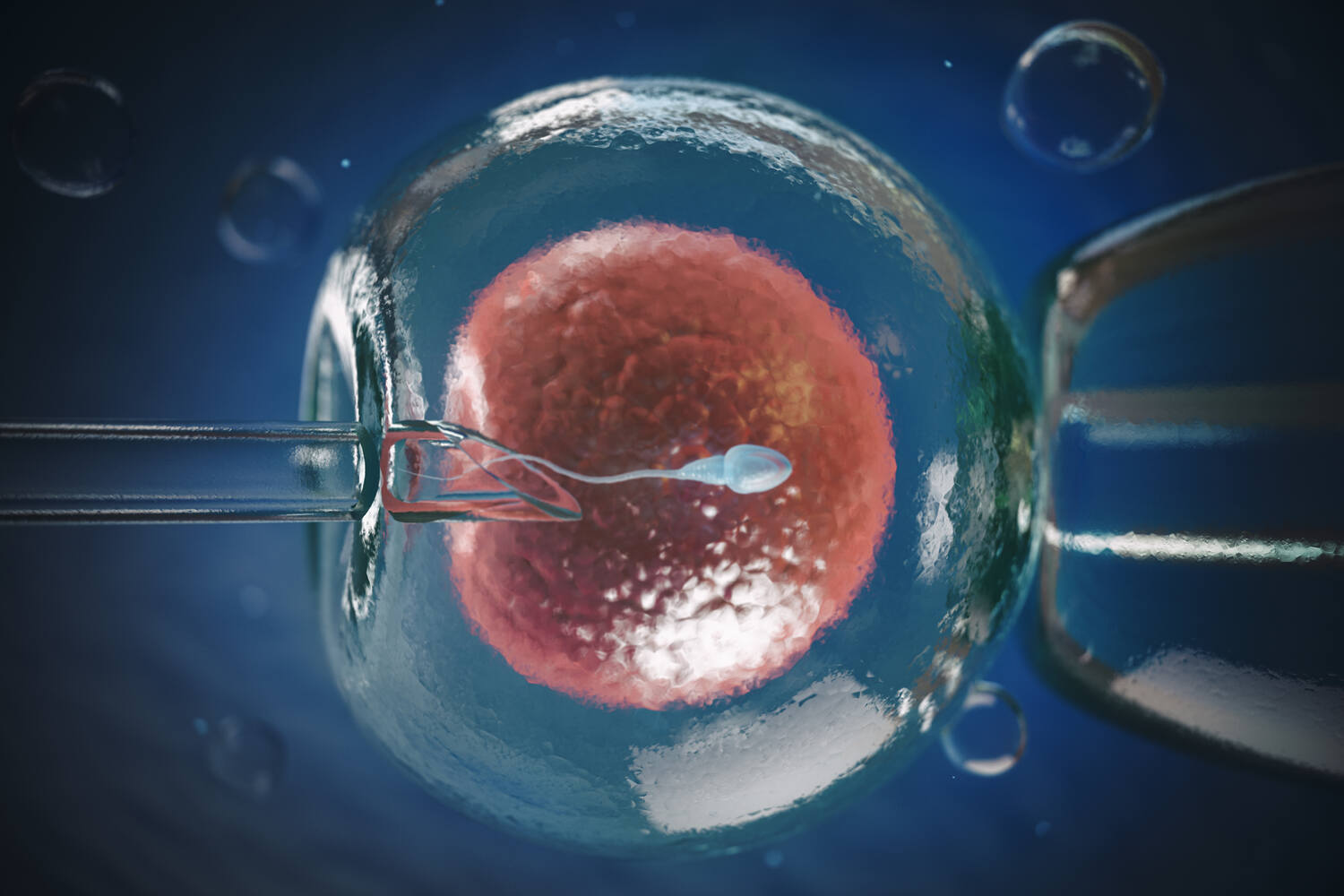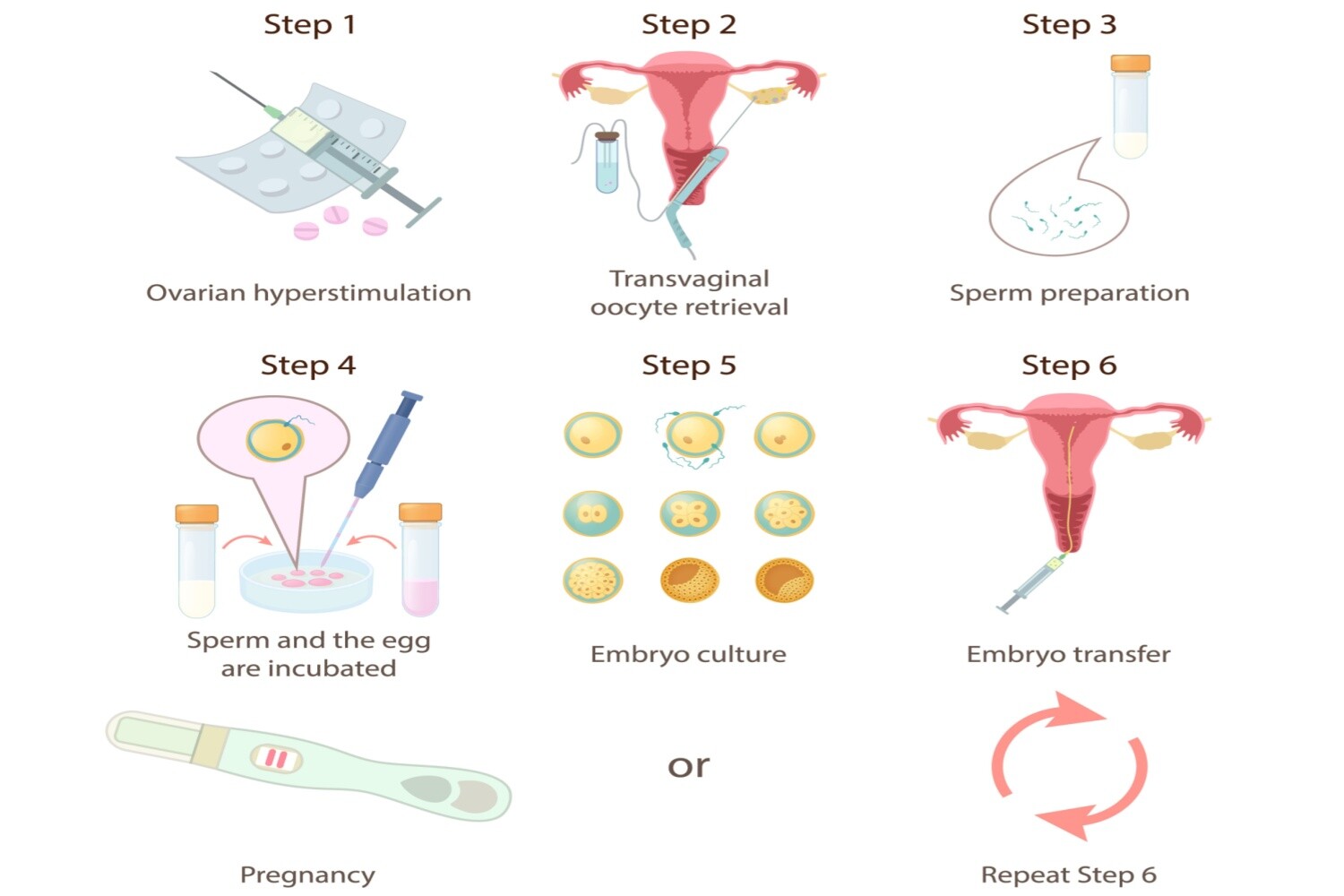
Infertility is a condition where a couple fails to get pregnant even after one year of unprotected intercourse. In today’s world, we see a lot of young couples struggling to have a baby of their own. Assisted reproductive techniques help such couples have their biological children. With the development of medicine and science, there is continuing advancement in the field of fertility treatments. Zygote Intrafallopian transfer for infertility treatment or ZIFT is one such technique that has become a game changer.
A few other common treatments are IVF, GIFT, IUI etc. These techniques require the collection of eggs and sperm. Laboratories provide an optimal environment for handling and preserving them. Here is everything you need to know about what ZIFT is, when and how it is done, and its success rates.
In This Article
- What is Zygote Intrafallopian Transfer?
- Who Can Opt For ZIFT?
- ZIFT Procedure
- How Long Does Zygote Intrafallopian Transfer Take?
- What is The Success Rate of ZIFT?
- Similarities And Differences Between ZIFT And IVF
- FAQ’s
What is Zygote Intrafallopian Transfer?
Zygote Intrafallopian Transfer, or ZIFT is an assisted reproductive technique that involves the transfer of a zygote or fertilized egg directly into the fallopian tube through laparoscopy. As the zygote transfer takes place in the fallopian tube, this method is also known as Tubal Embryo Transfer or TET.
ZIFT uses the concept of in vitro fertilization (1). The first successful pregnancy using ZIFT dates back to 1986. Since then, this technique has helped infertile couples conceive. According to a study, the success rates of this technique to reach the pregnancy stage were 52.3% and implantation rates were 23.2% (2).
Who Can Opt For ZIFT?

This method is useful for women who have failed other methods of conception. It remains a method of assisted reproduction where the couple has been trying for over a year and has repeated IUI (Intrauterine Insemination) failure.
ZIFT requires at least one healthy fallopian tube (1A). Therefore, it’s ineffective in women with blockage or damage to both tubes. It can be helpful for men who have a low sperm count, as in this technique, fertilization requires a single sperm.
It is ideal for couples with anti-sperm antibodies that make it difficult for the sperm to survive in the woman’s body. Women with abnormalities in ovulation also benefit greatly. It’s not advisable for women with abnormalities in the uterus or with severe uterine adhesions.
[Read : Basics Of IUI and IVF]
ZIFT Procedure

Here are a detailed explanation of the various steps in the ZIFT procedure.
1. Ovarian Stimulation
This step begins with the start of the menstrual cycle. Here, the doctor prescribes some medicines or self-injectable drugs that help stimulate the ovaries. Stimulation helps in the maturation of more eggs and in preventing their prematuration.
2. Follicle Development
This step requires constant monitoring by the doctor. Serial Ultrasounds help in checking the development of follicles. The doctor may order a hormone assessment through a blood test
3. Egg Retrieval
This step aims at the collection of mature eggs. It is an important step, where a thin needle is carefully inserted in the vagina with the help of ultrasound. This follows the collection of mature eggs.
4. Fertilization
The partner gives the semen sample after 3-4 days of abstinence. Following this, the technician will mature eggs and the sperm fertilize in the laboratory under optimal conditions.
5. Embryo Transfer
In this step, the transfer of the zygote, or the fertilized egg, into the healthy fallopian tube takes place. This requires a laparoscopic procedure after the administration of appropriate anesthesia. Following this, a small incision is made on the abdomen. Using the laparoscope, one or more embryos are placed carefully in the fallopian tube. Any extra embryos are preserved by freezing them so that they can be used in the future.
6. Implantation
This step takes place in the uterus, which is the normal site for embryonic implantation. The zygote naturally tracks down to the uterus and implants in the thick uterine wall. The uterus provides the optimal nutrients for the development of a fetus.
7. Confirmation of Pregnancy
Two weeks after the procedure, the doctor will look for levels of the hCG hormone in the blood. Higher than normal levels in the blood confirm pregnancy. Ultrasounds are mandatory to confirm the intrauterine pregnancy.
[Read : Superovulation – A Complete Guide]
How Long Does Zygote Intrafallopian Transfer Take?
The entire process takes around four to six weeks (1B). The process begins with the administration of fertility medicines and ends with the taking of a pregnancy test. Maturation of eggs takes most of the time. Collection and fertilization of eggs require one day. Embryo transfer into the fallopian tube requires an additional day. All the procedures are daycare ones, and the woman can go home after a few hours of observation. The pregnancy test takes place around 2 weeks later.
What is The Success Rate of ZIFT?

The success of this procedure depends on several factors. One of the most important factors is the reason indicating ZIFT; secondly, it depends on the age of the mother seeking this procedure. The higher the maternal age, the lower the quality of the eggs. The average pregnancy rate is around 42 % using ZIFT.
It remains a method of choice in women with repeated implantation failure (RIF). [3]
Similarities And Differences Between ZIFT And IVF
The similarities between ZIFT and IVF are as follows.
- Both these procedures are assisted reproductive techniques that aim at helping couples who are unable to conceive naturally after trying for at least 1 year.
- Both of them involve the culture of embryos in the laboratory.
- In both techniques, embryologists can select the best embryos for the transfer.
Both methods are different from each other in the following ways.
- ZIFT involves the transfer of an embryo directly into the fallopian tube, from where it descends into the uterus for implantation. While in IVF, the embryo transfer occurs directly into the uterine cavity.
- Laparoscopic surgery is a must for the transfer of the embryo in ZIFT while in IVF no need of surgery is there, as the transfer can take place directly through the vaginal route.
Zygote Intrafallopian Transfer for infertility treatment remains superior to GIFT as the formation of zygote is ensured in ZIFT. It remains an ideal method of treatment in women with at least one healthy fallopian tube. The ultimate decision to opt for this treatment lies with the couple. If you think that this method might benefit you, then don’t hesitate to talk to your healthcare provider.
FAQ’s
1. What is The Difference Between GIFT And ZIFT?
In Gamete intrafallopian transfer or GIFT, fertilization happens inside the fallopian tube as the sperm and egg are directly transferred into the tube. In ZIFT, instead of gametes, the fertilized egg or embryo is transferred directly into the fallopian tubes.
2. Are There Any Risks in ZIFT?
The procedure can be slightly risky due to the involvement of two surgical procedures in a short period. Like any other assisted technique, chances of multiple and ectopic pregnancy are also high.
[Read Also : Fertility Treatment With In Vitro Maturation(IVM)]
References
- Zygote Intrafallopian Transfer | Embryo Project Encyclopedia – [https://embryo.asu.edu/pages/zygote-intrafallopian-transfer]
- Success rates following intracytoplasmic sperm injection are improved by using ZIFT vs IVF for embryo transfer – PubMed – [https://pubmed.ncbi.nlm.nih.gov/8986589/]
- Zygote intrafallopian transfer among patients with repeated implantation failure – ScienceDirect – [https://www.sciencedirect.com/science/article/abs/pii/S0020729212004961]

